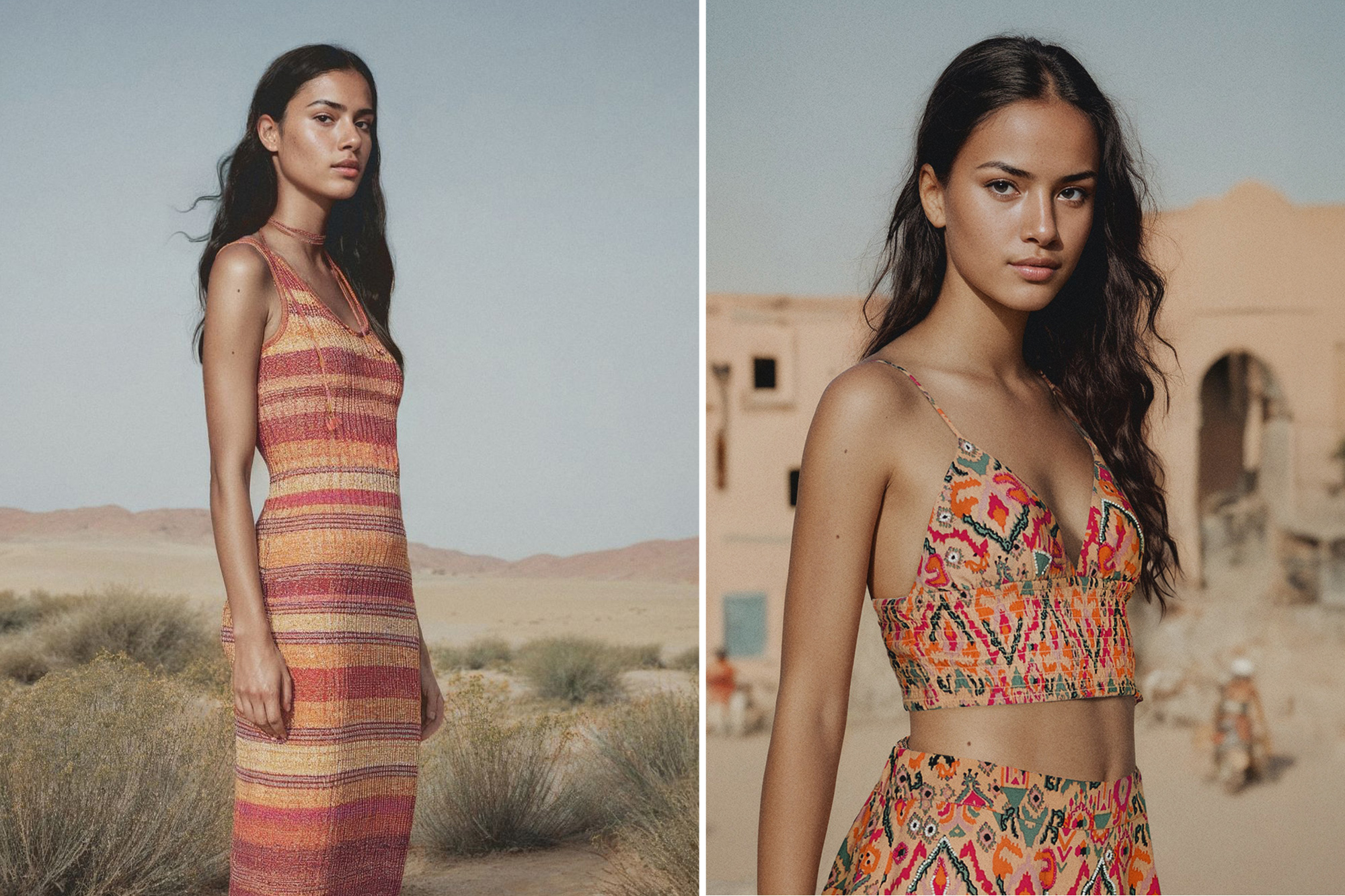
Meet the faces of the future.
Add fashion modeling to the list of jobs threatened by the rise of artificial intelligence, as labels rush to use the disruptive and controversial technology in their glossy ads – a move that looks set to have at least one major brand reaping the rewards record.
Fast fashion retailer Mango became one of the first to feature AI-generated glam bots in its ads in July — just days before the company reported its highest revenue in four decades.
“It’s about creating content faster,” Mango CEO Toni Ruiz told Bloomberg.
This month, the company launched another AI-generated campaign for teenagers, and Ruiz said that in the future, the company plans to use the unreal beauties for all of their collections.
Mango is among a growing number of companies creating a new normal in advertising in a $2.5 trillion industry. Bloomberg named Nike, Louis Vuitton and Levi Strauss & Co. as some of the clothing brands now embrace this idea.
According to an early 2024 media report, AI models cost a fraction of what humans charge. A real-life model might charge $35 an hour, for example, while an agency might charge $29 a month to use their computer-generated imagery.
Industry experts argue that AI can help the design process in order to innovate – despite the backlash faced by other designers who have implemented artificial intelligence in the creation process.
According to Glossy, Mango has been investing in next-generation technology for years, creating machine learning platforms that will be used in various aspects of the company to increase efficiency.
The in-house engineering team collaborated with the machines to compile a “cohesive mood board” to reflect the desired aesthetic before being “trained” using a set of images for each garment, Jordi Álex Moreno, chief information officer for technology, told Bloomberg in Mango.
Countering criticism of a departure from real life, Moreno said Mango has short-term plans to double its current workforce as the company aims to open more than 30 new storefronts by the end of next year.
“It’s a great example of teamwork between human-made intelligence and digital intelligence,” Moreno told the Financial Times. “AI should serve as a co-pilot to amplify the skills and creativity of our employees, speeding up repetitive tasks so teams can spend more time on value-added work.”
Marco De Vincenzo, creative director of Italian luxury brand Etro, seems to be equally emphatic about the role of AI in business – he used the new medium to create images for the spring 2024 campaign that showed stunning models in incredible landscapes straight from a science. film.
“From a creative point of view, it was amazing,” De Vincenzo told the Financial Times, although he stressed that the “human touch” is still an important aspect of the creative process.
“It’s modifying reality, but that’s what every creator does [person] tries to do. It is our job to try to escape and experiment, every day. Sometimes reality isn’t enough.”
He added: “AI is just a new method of expressing creativity. Why not use it?”
#Fashion #models #pushed #glam #bots #faster #content #creation
Image Source : nypost.com